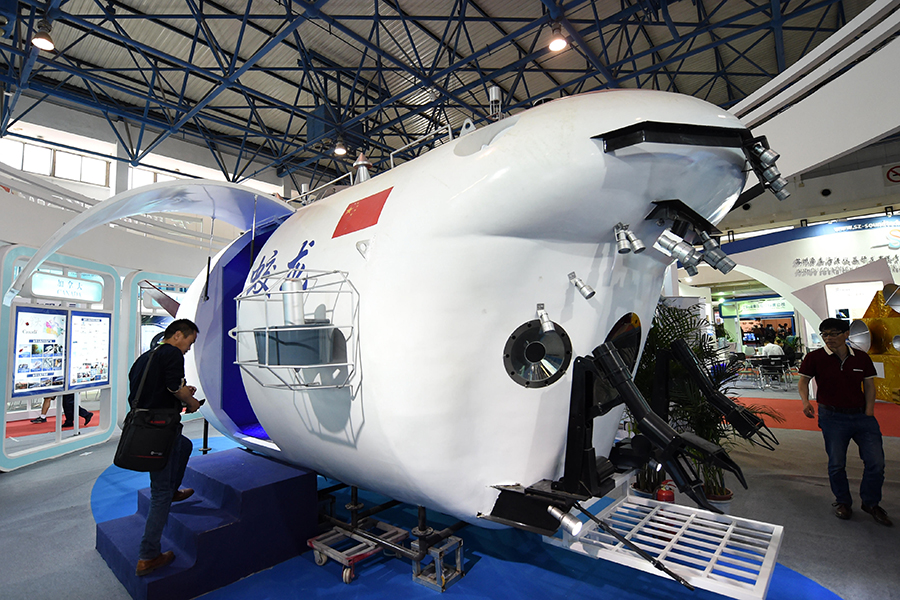China is on a multi-year mission to reduce its reliance on foreign technology and as a result, Beijing is investing heavily in its own technological developments. Premier Li Keqiang announced the Made in China 2025 (MIC 2025) initiative in 2015 as a bid to significantly advance the country’s economy and industrial base with a goal of achieving manufacturing dominance by 2025.

Background:
-
MIC 2025 is China’s answer to provide the types of goods that will put them ahead of competition, prevent bottlenecks in industry and provide the goods that consumers are demanding.
- The spirit of the directive comes from a background of a surging middle class demanding higher quality goods and China recognizing their heavy dependence on low-end manufacturing while foreign companies dominate in high-tech industries.
- MIC 2025 targets ten strategic industries: Power equipment (Fossil fuel, electrical, nuclear, renewable); Information Technology (AI, ML. IoT, Smart appliances); Farming equipment; Aerospace equipment; New materials; Railway equipment; Green Energy and Green Energy vehicles; Ocean Engineering Equipment and High-tech vessels; Robotics; Pharmaceuticals and Medical devices.
- Covid-19 has caused disruptions in Foreign Direct Investment (FDI) in China. Supply chain manufacturers have moved out of the country, there have been disruptions in trade and a sharp fall in industrial production.
- Energy, automotive, chemical, electronics and aerospace industries have been hit hard with concerns of raw material availability and reduced consumer activity. These are also key sectors in the MIC 2025 plan that will need time to recover.
- China still needs global technology inputs to continue its road to independence, but trade relationships remain fragile in light of Covid-19. The 2025 plan encourages investment in foreign companies to gain access to advanced technology like semiconductors, but this strategy is being challenged by regulation and tariffs abroad.
- US-China trade disputes have compounded during the pandemic. The US and several governments have called for firms in critical sectors to relocate back to home countries or to less affected regions. Moves like this make access to established or innovative partnerships more difficult.
- China also faces an aging population and the drying up of rural labor, so growth can be expected to decline in light of COVID-19 coupled with reduced access to imported technology intended to raise productivity/efficiency.
- A growing and bullish economy is needed to underwrite the MIC 2025 plan. China has a goal to double 2010 GDP and per capita GDP by 2020. To do this they will need to achieve at least 6 percent growth this year. With a once-in-a-century pandemic originating in-country, coupled with slowing global growth, the coronavirus could be an unforeseen bump in the engine behind MIC 2025.
According to Ambassador Joseph DeTrani, “Made in China 2025 is at the core of what Xi Jinping declared at the 19th Party Congress in 2017: “to realize the Chinese Dream of national rejuvenation”. No longer will China “maintain a low profile and never claim leadership” as proclaimed by Deng Xiaoping in 1990. Xi is making it clear to the people of China and the world that this is the new China, mindful of the “century of humiliation” and determined to regain its rightful position in the world as the “middle kingdom”. This industrial policy, designed to make China dominant globally in high-tech manufacturing, possibly in 2049, the centenary of the founding of the PRC, complements other economic and geopolitical initiatives initiated by Xi Jinping: The Belt and Road Initiative, Asia Infrastructure Investment Bank, Export-Import Bank of China, the China Development Bank and other institutions will provide loans and grants to countries dealing with China on infrastructure and other projects. Thus, those Chinese companies that aspire to global leadership in various industrial target sectors, like Information Technology, will have to allay concern that they are indeed independent entities, not beholden to the government of China. That is the current concern with China’s Huawei Technologies and ZTE. Also of concern is the likelihood that China’s economic prowess could have geopolitical implications for those countries dealing with a China that may see value in establishing military bases outside of China, as we’ve seen with the PLA Support Base in Djibouti — or dual use bases with other countries.”



